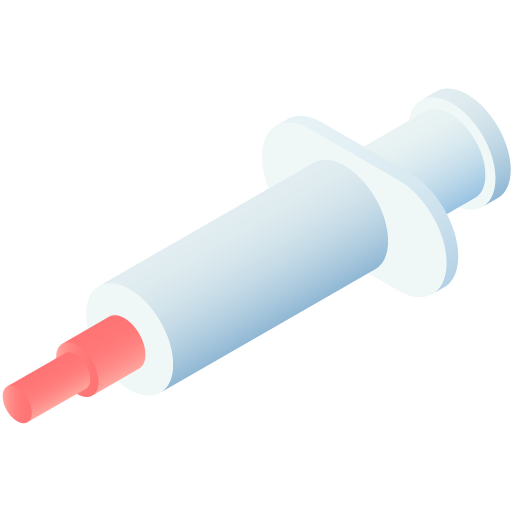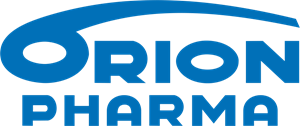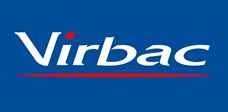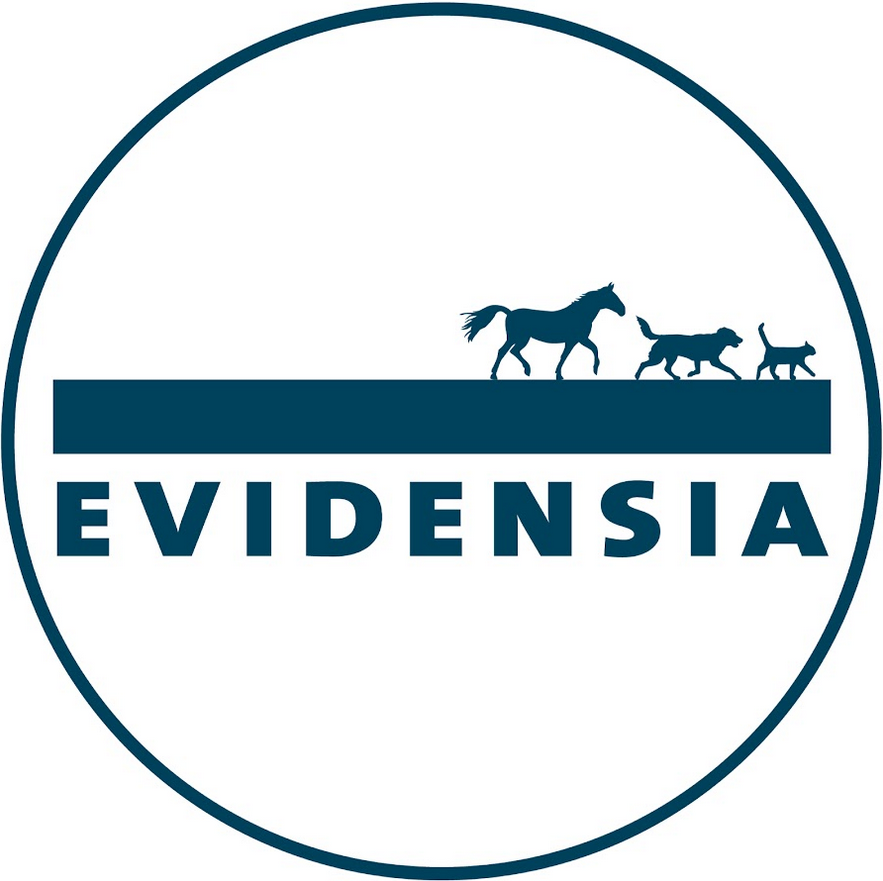Combination therapy
No results were found for your selected species
Cepralock vet.
Active substance
ATC code
Species
Cattle (dairy cows at drying off).
Indications
Prevention of new intramammary infections throughout the dry period.
In cows considered likely to be free of sub-clinical mastitis, the veterinary medicinal product can be used on its own in dry cow management and mastitis control.
Dose to be administered and administration route
Intramammary use.
The veterinary medicinal product has a dual tip nozzle. The cap of the syringe can be partially or fully removed. It is recommended to pinch the teat at the teat base as it aids in positioning the paste in the teat cistern, sealing the teat canal from the top.
Short tip option: The short tip option allows for a partial insertion technique so that the syringe only needs to be inserted in the teat end.
Long tip option: The long tip option may be used for treatment convenience for example to prevent the tip from flipping out due to a moving or nervous cow.
|
Step 1: Removal of the breakable cap |
Step 2: Long or short tip insertion |

Infuse the content of one syringe of the veterinary medicinal product into each udder quarter immediately after the last milking of the lactation (at drying off). Do not massage the teat or udder after infusion of the veterinary medicinal product because it is important that the sealant stays in the teat itself and does not enter the udder.
Care must be taken not to introduce pathogens into the teat in order to reduce the risk of post-infusion mastitis.
It is essential that the teat is thoroughly cleaned with the alcoholic disinfectant wipes provided. The teats should be wiped until there is no visible dirt collected on the wipe. Teats should be allowed to dry prior to infusion. Infuse aseptically and take care to avoid contamination of the syringe nozzle. Following infusion, it is advisable to use an appropriate teat dip or spray.
Under cold conditions the veterinary medicinal product may be warmed to room temperature in a warm environment, to aid syringeability.
Adverse reactions
None known.
Reporting adverse events is important. It allows continuous safety monitoring of a veterinary medicinal product. Reports should be sent, preferably via a veterinarian, to either the marketing authorisation holder or the national competent authority via the national reporting system. See the package leaflet for respective contact details.
Dispensing
POM-V - Prescription Only Medicine – VeterinarianSUMMARY OF PRODUCT CHARACTERISTICS
1. NAME OF THE VETERINARY MEDICINAL PRODUCT
Cepralock 2.6 g Intramammary Suspension for Dry Cows
2. QUALITATIVE AND QUANTITATIVE COMPOSITION
Each 4 g intramammary syringe contains:
Active substance:
bismuth subnitrate 2.6 g (equivalent to bismuth 1.9 g)
Excipients:
For the full list of excipients, see section 6.1.
3. PHARMACEUTICAL FORM
Intramammary suspension.
White to slightly yellow, homogeneous suspension.
4. CLINICAL PARTICULARS
4.1 Target species
Cattle (dairy cows at drying-off).
4.2 Indications for use, specifying the target species
Prevention of new intramammary infections throughout the dry period.
In cows considered likely to be free of sub-clinical mastitis, the product can be used on its own in dry cow management and mastitis control.
4.3 Contraindications
Do not use the product alone in cows with sub-clinical mastitis at drying off. Do not use in cows with clinical mastitis at drying off. Do not use in lactating cows.See section 4.7.
Do not use in known cases of hypersensitivity to the active substance or to any of the excipients.
4.4 Special warnings for each target species
Selection of cows for treatment with the product should be based on veterinary clinical judgement. Selection criteria may be based on the mastitis and cell count
history of individual cows, or recognized tests for the detection of sub-clinical mastitis or bacteriological sampling.
4.5 Special precautions for use
Special precautions for use in animals
It is good practice to observe dry cows regularly for signs of clinical mastitis. If a sealed quarter develops clinical mastitis, the affected quarter should be stripped out manually before appropriate therapy is instituted.
To reduce the risk of contamination, do not immerse the syringe in water.
Use the syringe only once.
It is important to observe strict aseptic technique for the administration of the product, because the product does not have antimicrobial activity.
Do not administer any other intramammary product following administration of the product.
In cows that may have sub-clinical mastitis, the product may be used following administration of a suitable dry cow antibiotic treatment to the infected quarter.
Special precautions to be taken by the person administering the veterinary medicinal product to animals
This product may cause skin and eye irritation. Avoid contact with skin or eyes.
Should skin or eye contact occur, wash the affected area thoroughly with water. Bismuth salts have been associated with hypersensitivity reactions. If you know that you are allergic to bismuth salts, avoid using this product. If you develop symptoms following exposure, you should seek medical advice and show the package leaflet or the label to the physician. Wash hands after use.
Disinfectant wipes:
The disinfectant wipes may cause skin and eye irritation due to the presence of isopropyl alcohol. Avoid eye contact. Avoid prolonged contact with skin. Avoid inhalation of the vapour. The wearing of gloves may prevent skin irritation. Wash hands after use.
4.6 Adverse reactions (frequency and seriousness)
None known.
4.7 Use during pregnancy, lactation or lay
Pregnancy:
As the product is not absorbed following intramammary infusion, it can be used in pregnant animals. At calving, the seal may be ingested by the calf. Ingestion of the product by the calf is safe and produces no adverse effects.
Lactation:
The product is indicated for use in dry cows. If accidentally used in a lactating cow, a small (up to 2-fold) transient rise in somatic cell count may be observed. In such an event, strip out the seal manually, no additional precautions are necessary.
4.8 Interaction with other medicinal products and other forms of interaction
In clinical trials, the compatibility of a comparable teat seal formulation containing bismuth subnitrate has only been shown with a cloxacillin-containing dry cow preparation.
See also section 4.5 “Special precautions for use in animals”.
4.9 Amounts to be administered and administration route For intramammary use only.
The product has a dual tip nozzle. The cap of the syringe can be partially or fully removed. It is recommended to pinch the teat at the teat base as it aids in positioning the paste in the teat cistern, sealing the teat canal from the top.
Short tip option: The short tip option allows for a partial insertion technique so that the syringe only needs to be inserted in the teat end.
Long tip option: The long tip option may be used for treatment convenience for example to prevent the tip from flipping out due to a moving or nervous cow.
Step 1: Removal of the breakable cap Step 2: Long or short tip
insertion

Infuse the content of one syringe of the product into each udder quarter immediately after the last milking of the lactation (at drying off). Do not massage the teat or udder after infusion of the product because it is important that the sealant stays in the teat itself and does not enter the udder.
Care must be taken not to introduce pathogens into the teat in order to reduce the risk of post-infusion mastitis.
It is essential that the teat is thoroughly cleaned with the alcoholic disinfectant wipes provided. The teats should be wiped until there is no visible dirt collected on the wipe. Teats should be allowed to dry prior to infusion. Infuse aseptically and take care to avoid contamination of the syringe nozzle. Following infusion, it is advisable to use an appropriate teat dip or spray.
Under cold conditions the product may be warmed to room temperature in a warm environment, to aid syringeability.
4.10 Overdose (symptoms, emergency procedures, antidotes), if necessary
Twice the recommended dose has been administered to cows with no clinical adverse effects.
4.11 Withdrawal period(s)
Meat and offal: Zero days. Milk: Zero hours.
5. PHARMACOLOGICAL PROPERTIES
Pharmacotherapeutic group: Various products for teat and udder. ATC vet code: QG52X.
5.1 Pharmacodynamic properties
Infusion of the product into each udder quarter produces a physical barrier against the entry of bacteria thereby reducing the incidence of new intramammary infections during the dry period.
The product is sterile and has no antimicrobial activity.
5.2 Pharmacokinetic particulars
Bismuth subnitrate is not absorbed from the mammary gland but resides as a seal in the teat until physically removed (shown in cows with a dry period up to 100 days).
6. PHARMACEUTICAL PARTICULARS
6.1 List of excipients
Liquid paraffin
Aluminium stearate
Silica, colloidal anhydrous 6.2 Major Incompatibilities
Not applicable.
6.3 Shelf life
Shelf life of the veterinary medicinal product as packaged for sale: 3 years.
6.4 Special precautions for storage
This veterinary medicinal product does not require any special storage conditions.
6.5 Nature and composition of immediate packaging
A single dose LDPE intramammary syringe closed with a breakable LDPE cap containing 4 g of paste.
Package sizes:
Carton box of 24 syringes and alcoholic disinfectant wipes.
Plastic bucket of 144 syringes and alcoholic disinfectant wipes. Not all pack sizes may be marketed.
6.6 Special precautions for the disposal of unused veterinary medicinal product or waste materials derived from the use of such products
Any unused veterinary medicinal product or waste materials (including used seal) derived from such veterinary medicinal product should be disposed of in accordance with local requirements.
7. MARKETING AUTHORISATION HOLDER
MSD Animal Health UK Limited
Walton Manor, Walton
Milton Keynes
Buckinghamshire
MK7 7AJ
United Kingdom
8. MARKETING AUTHORISATION NUMBER
Vm 01708/4640
9. DATE OF FIRST AUTHORISATION
09 April 2021
10. DATE OF REVISION OF THE TEXT
November 2023
PROHIBITION OF SALE, SUPPLY AND/OR USE
Not applicable
Approved 13 November 2023
![]()

| Art. Nr. | 01708/4640 |
|---|
 TRUSTED SOURCE
TRUSTED SOURCE








